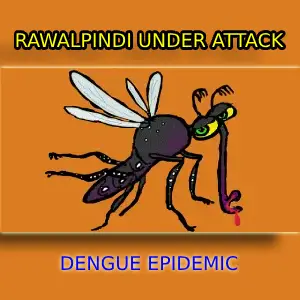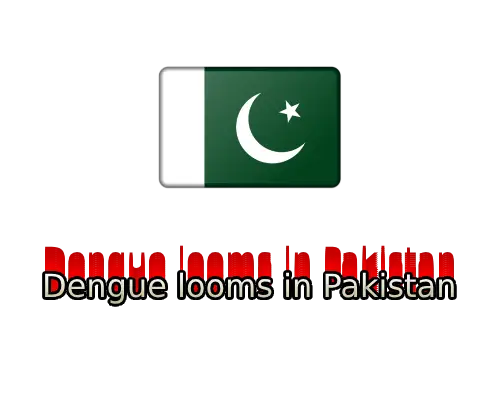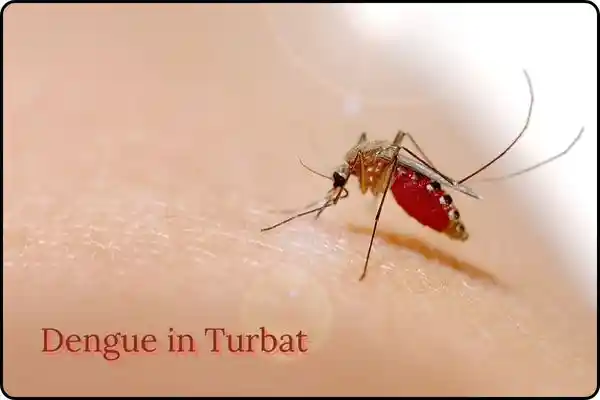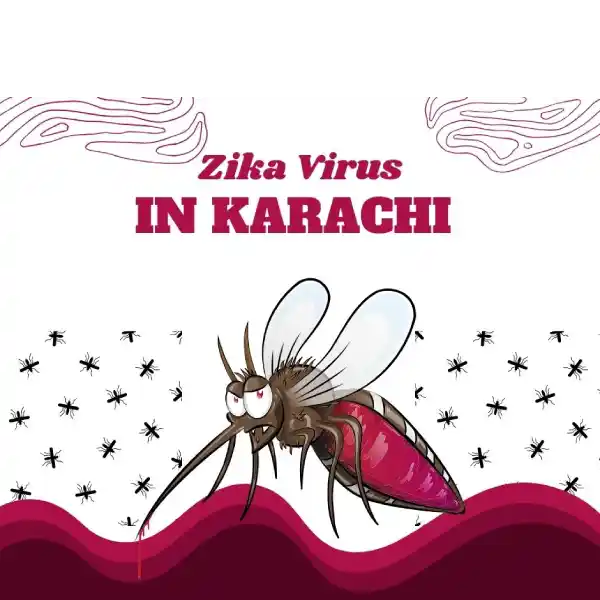Dengue Virus Sweeps Through Rawalpindi, Pakistan: A Growing Threat and How to Stay Safe
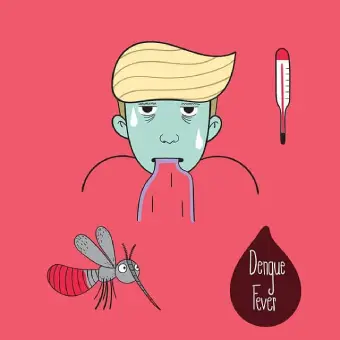
Dengue fever, a mosquito-borne viral illness due to the dengue virus, has emerged as a significant public health concern in Rawalpindi, Pakistan, evolving into an epidemic that demands immediate attention.
In December 2021, Pakistan faced a dengue epidemic with 48,906 cases and 183 deaths reported. Punjab province had the highest cases, and authorities responded with vector control measures and public awareness campaigns.
The outbreak, coupled with the ongoing COVID-19 pandemic, highlighted the need for improved surveillance and healthcare capacity.
The escalating number of cases and the strain on healthcare resources have prompted authorities to take urgent measures to combat this growing threat.
Understanding Dengue Fever
Dengue fever is caused by the dengue virus, which is transmitted to humans through the bite of infected female mosquitoes, primarily the Aedes aegypti mosquito.
The dengue virus can lead to a wide range of symptoms, from mild flu-like discomfort to severe complications such as dengue hemorrhagic fever or dengue shock syndrome, which can be fatal.
Early detection of dengue virus and prompt medical intervention are crucial in preventing severe outcomes.
What Is Causing the Dengue Epidemic in Rawalpindi?
The dengue epidemic in Rawalpindi, Pakistan, has raised questions about the factors contributing to its rapid spread and severity. Understanding the underlying causes of the dengue virus is essential to effectively combat this public health crisis.
1. Favorable Climate Conditions:
One of the primary factors fueling the dengue epidemic is the region’s climate. Rawalpindi experiences a semi-arid climate with hot summers and relatively cool winters. for the Aedes aegypti mosquito, the primary vector for dengue transmission.
These mosquitoes thrive in warm, humid environments and lay their eggs in stagnant water, which is abundant during the monsoon season. As a result, the mosquito population surges during the rainy season, leading to an increased risk of dengue transmission.
2. Urbanization and Population Density:
Rawalpindi’s rapid urbanization and population growth have contributed to the dengue epidemic. Urban areas tend to have higher population densities, making it easier for the virus to spread from person to person through mosquito bites.
Overcrowded neighborhoods and inadequate sanitation infrastructure can create breeding grounds for mosquitoes, exacerbating the problem.
3. Lack of Public Awareness:
Limited public awareness about dengue virus prevention and control measures is another key factor. Many residents may not be fully informed about the importance of eliminating mosquito breeding sites or using mosquito repellents.
Misinformation and misconceptions about the virus can hinder efforts to educate the public and encourage them to take preventive actions.
4. Healthcare Infrastructure:
The ability to respond to dengue cases is heavily dependent on the capacity of the healthcare system. Insufficient healthcare infrastructure, including a shortage of hospital beds and medical personnel, can lead to delayed diagnosis and treatment, increasing the risk of severe dengue cases.
5. Travel and Movement:
People traveling to and from dengue-endemic areas can inadvertently introduce the virus to new locations. Movement of infected individuals can lead to localized outbreaks and contribute to the epidemic’s spread.
6. Challenges in Mosquito Control:
Controlling the Aedes aegypti mosquito is a complex task. Traditional methods like fogging and insecticide spraying can be effective but require meticulous planning and execution.
Resistance to insecticides and difficulty reaching mosquito breeding sites in densely populated urban areas can hamper control efforts.
7. Climate Change:
Long-term climate changes, including increased temperatures and altered rainfall patterns, can create more favorable conditions for mosquito breeding and dengue transmission. Climate change can potentially expand the geographical range of dengue, making previously unaffected areas susceptible to outbreaks.
Bottome line
The dengue epidemic in Rawalpindi is the result of a complex interplay of environmental, demographic, healthcare, and awareness-related factors.
To effectively combat this epidemic, it is essential to address these root causes through a combination of mosquito control measures, public education campaigns, improvements in healthcare infrastructure, and proactive efforts to adapt to changing environmental conditions.
Collaboration among government authorities, healthcare professionals, and the community is crucial to mitigate the impact of dengue and prevent future epidemics.

